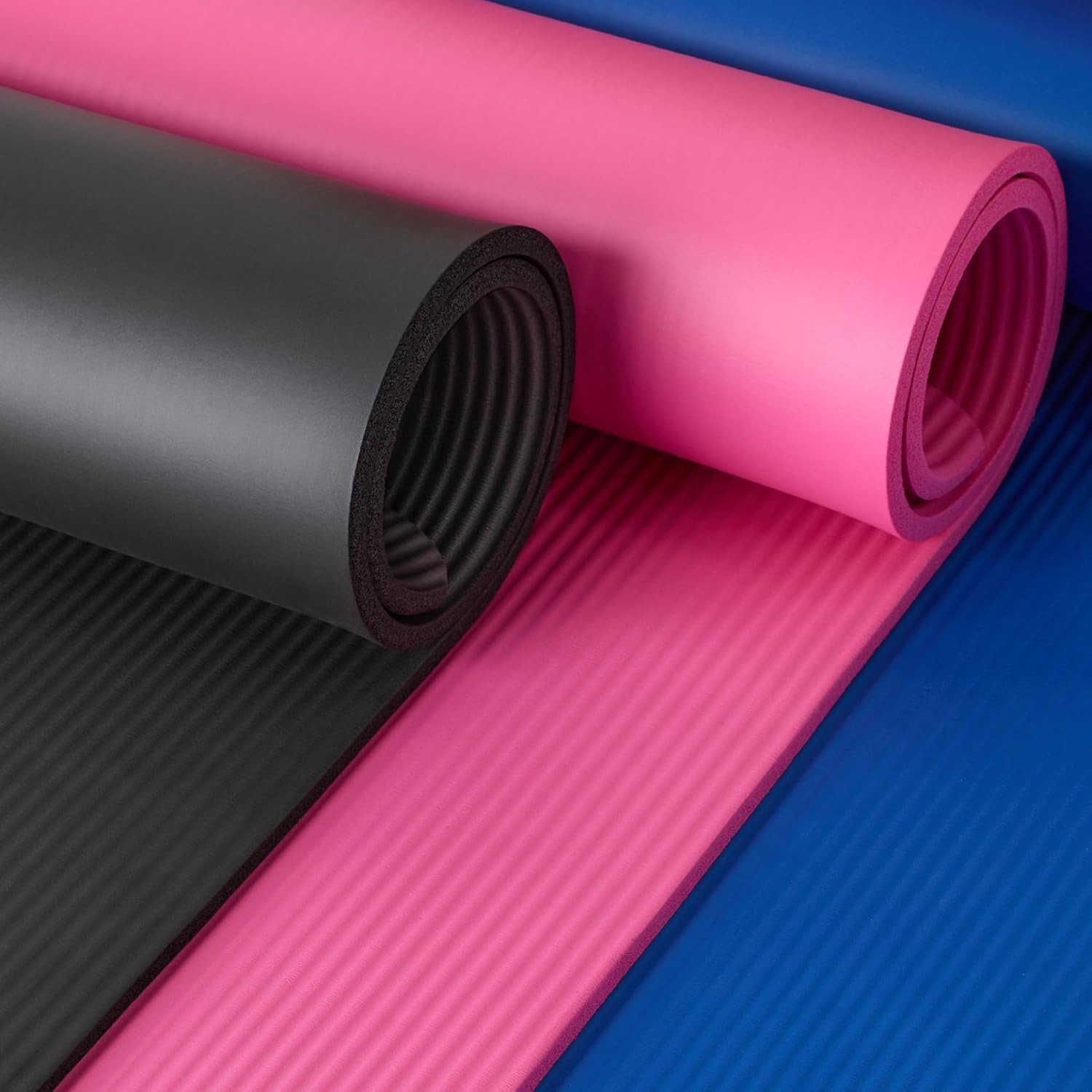The Journey of Protein Powder
Protein powder has become a staple in many diets. It supports muscle repair, growth, and overall nutrition. Knowing how protein powder is made offers insight into its quality and benefits. This section unveils the process from sourcing to packaging.
The Importance of Protein Supplements
Protein supplements are crucial for those unable to meet protein intake through diet alone. They are convenient, efficient, and can support various health goals, from building muscle to weight management.
Sources of Protein Powder
Protein powders come from diverse sources. Whey and casein originate from milk. Plant-based options include pea, rice, hemp, and soy. Each source has unique properties and advantages that cater to different dietary needs.

Types of Protein Powder
Protein powders are not all the same. They come from different sources and have varied benefits. This section explores the most common types you’ll find on the market. Knowing the types helps in making an informed choice for your health and fitness goals.
Understanding Whey Protein Varieties
Whey protein is a complete protein, meaning it contains all essential amino acids. Most whey protein comes from cow’s milk as a by-product of cheese making. It is popular for its high digestibility and muscle repair properties. Here are the main types of whey protein:
- Whey Protein Concentrate (WPC): WPC contains less protein by weight, roughly 70-80%, because it undergoes less processing. It’s often chosen for its creamier texture and better taste.
- Whey Protein Isolate (WPI): More processed than WPC, WPI boasts a higher protein content, usually over 90%. It’s lower in fat and carbs and is a good choice for those with mild lactose intolerance.
- Hydrolyzed Whey Protein: This form is pre-digested, making it the quickest to absorb. It’s great for post-workout recovery.
Different whey proteins offer unique benefits. WPC is good for general supplementation and muscle growth. WPI suits those needing a quick protein source with fewer carbs. Hydrolyzed whey is best right after a workout for fast muscle recovery.
Plant-Based Protein Options
For vegans, vegetarians, or those with dairy allergies, plant-based proteins are perfect. They come from sources like peas, hemp, rice, and soy. Each has its own set of advantages:
- Pea Protein: Made from yellow peas, it’s rich in iron and arginine, an amino acid good for heart and muscle building.
- Rice Protein: Rice protein is hypoallergenic and easy to digest. However, it’s not a complete protein on its own.
- Hemp Protein: Hemp protein is full of fiber, omega fatty acids, and minerals. It has a nutty taste and is environmentally friendly.
- Soy Protein: Soy protein is a complete protein like whey and is packed with amino acids. It’s good for muscle repair and overall health.
Plant-based proteins can be mixed into shakes, baked goods, or meals. They offer high protein without animal products and suit a variety of dietary needs.

The Manufacturing Process
Creating protein powder is complex. It starts with quality ingredients and ends with the tasty product in your shaker.
Sourcing and Processing Raw Materials
The process begins with sourcing. For whey protein, this means collecting milk by-products during cheese making. Plant-based proteins, like pea or hemp, come from crops. Manufacturers carefully select high-quality raw materials to ensure a superior end product.
Filtration and Drying Techniques
After extraction, protein gets filtered. This step removes unwanted elements like fats or carbs. Advanced techniques like microfiltration or ultrafiltration are used. The result is a concentrated protein solution. This liquid is then spray dried, creating a fine, easy-to-package powder.
Flavouring, Sweetening, and Quality Control
Raw protein doesn’t taste great. So, it’s mixed with flavours and sweeteners. Flavouring makes it enjoyable to consume. Quality control is strict. It ensures the protein powder is safe and meets nutritional promises. Every batch is tested. If it passes, it’s packed and ready for you.
Protein Powder for Different Dietary Needs
Protein powder isn’t just for bodybuilders. It suits various diets and needs. Whether dealing with lactose intolerance or following a vegan lifestyle, there’s a protein powder out there for you.
Navigating Lactose Intolerance with Protein Powder
Lactose intolerance can make consuming dairy tough. Luckily, protein powders offer alternatives. Plant-based options don’t have lactose. Pea and hemp proteins are good picks. They’re digestible and won’t upset your stomach. If you prefer whey, go for whey protein isolate. It’s low in lactose and might work for you.
Some tips:
- Choose lactose-free labels.
- Test small amounts if you try whey isolate.
- Look for digestive enzymes added to help.
Vegan and Vegetarian Protein Powder Choices
Vegans and vegetarians need protein, too. And they have lots of choices. Soy, pea, rice, and hemp powders are all plant-based. They’re free from animal products and packed with nutrients. These powders blend well in shakes and recipes. They also come with perks like fiber and omega fatty acids.
Remember:
- Check for complete amino profiles.
- Opt for non-GMO and organic if possible.
- Taste varies, so try different brands.

Benefits of Protein Powder
The right protein powder can have a profound impact on your health and fitness goals. It’s not just for bodybuilders; anyone looking to support their muscle growth and recovery can benefit from incorporating protein powder into their diet. Here’s how protein powder can be your ally in achieving a stronger, healthier body.
Supporting Muscle Growth and Recovery
Protein powder is essential for muscle repair after exercise. It helps rebuild muscle fibers torn during workouts. When you consume it post-workout, it speeds up recovery. This can lead to better performance and quicker muscle growth over time. Here are the benefits:
- Promotes muscle repair and growth
- Reduces muscle soreness
- Enhances overall workout recovery
For athletes and fitness enthusiasts, protein powder is a must-have in their nutritional arsenal. Drinking a protein shake after hitting the gym can make a significant difference in how quickly and effectively your muscles recover.
Protein Powders and Dietary Supplement
Aside from muscle recovery, protein powder serves as a dietary supplement. It helps fill protein gaps in your diet. For those who struggle to consume enough protein through food, a scoop of protein powder can be a lifesaver. Here’s what it does:
- Boosts daily protein intake
- Helps maintain a balanced diet
- Supports weight management efforts
Whether you’re looking to lose weight, maintain a healthy lifestyle, or manage dietary restrictions, protein powder is a versatile supplement. It’s easy to use and can be mixed into shakes, baked goods, or meals for an extra protein kick.
Choosing the Right Protein Powder
Choosing the best protein powder requires considering several factors specific to your lifestyle, health goals, and dietary preferences. Here are some key elements to keep in mind:
Factors to Consider When Selecting a Protein Powder
- Protein Content: The higher, the better for muscle repair and growth. Look for powders with at least 70-90% protein.
- Source: Are you a vegan, or do you have a dairy intolerance? Pick a plant-based option if yes.
- Amino Acid Profile: For full benefits, ensure it includes all essential amino acids, especially if it’s a plant-based powder.
- Processing Method: Less processed powders may retain more nutrients, but may also contain more allergens and less protein content.
- Flavor and Texture: If you dislike gritty textures or specific tastes, sample different brands to find one you enjoy.
- Added Ingredients: Check for artificial sweeteners, preservatives, or other additives if you prefer a natural product.
- Cost: Decide on a budget. Higher price doesn’t always mean better quality. Compare options.
Dietary Restrictions and Allergen Information
It’s crucial to choose a protein powder that aligns with your dietary restrictions. Here’s what to consider:
- Lactose-Free: If you’re lactose intolerant, avoid whey concentrates and some isolates.
- Gluten-Free: Some powders might contain gluten, so check labels carefully.
- Vegetarian or Vegan: Ensure no animal products are included in the powder.
- Allergens: Nuts, soy, and eggs are common allergens found in some powders.
Read labels closely, and when in doubt, reach out to the manufacturer for clarification. By evaluating these factors, you can select the right protein powder that meets your needs and supports your health and fitness journey.

Innovative Ways to Use Protein Powder
As protein powders grow in popularity, their versatility shines in various diet plans and meal preparations. This segment explores fresh and creative methods to infuse protein powder into daily consumption, beyond the usual shakes and smoothies.
Integrating Protein Powder Into Meals and Snacks
Protein powder isn’t just for shakes. You can blend it into your meal routine in many clever ways:
- Morning Start: Stir a scoop into your oatmeal or yogurt for a protein-rich breakfast.
- Baking Boost: Add it to muffins, pancakes, or homemade bread for extra nutrition.
- Snack Upgrade: Mix into energy balls or bars for an on-the-go protein hit.
- Savory Twists: Fold into soups or sauces for a protein increase without changing the taste.
- Dessert: Enhance puddings or ice cream mixtures for a sweet yet nutritious treat.
Each addition subtly ups your protein intake, making meals and snacks work harder for your health.
Usage in Fitness and Health Routines
Incorporating protein powder into fitness and health routines is straightforward and effective:
- Pre-Workout: Enjoy a shake or a protein bar 30 minutes before to fuel your session.
- Post-Workout: A protein shake aids in muscle recovery and rebuilds after a workout.
- Weight Management: A protein-rich snack can help curb cravings and support metabolism.
- Nutritional Supplement: Use to boost nutrient intake when diet falls short.
Versatile and practical, protein powder complements your fitness activities, supporting goals from muscle gain to weight loss. By integrating protein into various aspects of your diet, you can enjoy the health benefits without monotony or inconvenience.



